8 Best Golf Balls for High Handicappers of 2025
The best golf balls for high-handicap players should marry distance, accuracy and value.

If everybody who plays even just a few rounds of golf per year kept an official handicap, it's safe to say most amateur golfers would fall into the high-handicapper category, let's call it a handicap of 20 or above.
Using the right golf ball for your ability can give you better performance in areas you prioritize. When we recommend the best golf balls for high-handicap players, we suggest balls that bolster distance and accuracy and also pack exceptional value.
Based on our experience and testing, these are the best golf balls for high handicappers of 2025.
The Best Golf Balls for High-Handicap Golfers
High handicap is a broad term. some high-handicappers flirt with breaking 90 regularly while others routinely post scores in the 100s.
These recommendations vary in price and the skill level of the intended user. We even put a couple of urethane-covered balls on this list – a distinction that typically marks the transition point to premium, better-players balls – because they can provide excellent benefits for players with faster swing speeds who prioritize short-game control.
That brings us to one more important point before we get to the list, and that is the cover and construction of each ball. Here’s a quick cheat sheet of how those elements impact a golf ball’s performance.
- Urethane Cover: More spin, better short-game performance, more left-to-right curve (more workable or less accurate, depending on how you look at it); more expensive;
- Ionomer (or other) Cover: Straighter-flying, less spin, more distance for moderate swing speeds, less short-game spin and green-side control, lower-priced;
- Layers: 3-piece balls have a thin layer between the core and cover that can boost short-game performance.
With all this in mind, more aspirational players and high-handicap golfers whose skills are still improving may get more performance benefits from a 3-piece ball than a 2-piece ball, and may even consider one of the urethane-covered options. Every ball on this list, however, is suited to players who have graduated from beginner status and are looking to continue improving their scores.
Bridgestone e12
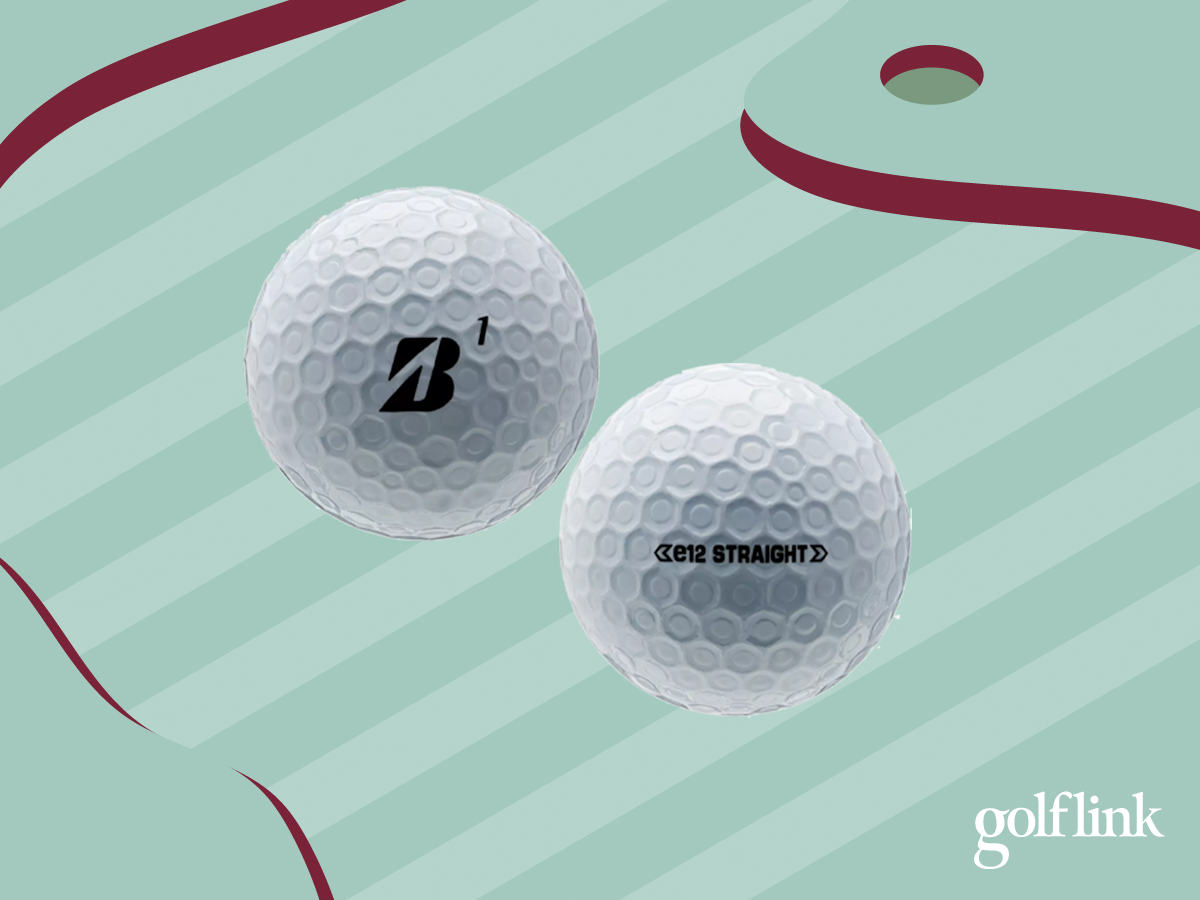
The dimples on the Bridgestone e12 Straight help the ball fly straigher
PGA TOUR SUPERSTORECHECK AMAZON
Cover/Layers: Ionomer/2-piece (Speed, Hi Launch); 3-piece (Straight)
Pros:
- 3 balls in the line allow players to pick the one that addresses the specific based on their launch conditions
- Mindset pattern included on cover
- Easy-to-understand naming conventions
Cons:
- $35 per dozen is expensive for an ionomer ball
Bridgestone says that 85% of amateur golfers have lave launch issues. They either hit the ball too high or too low, or have a slice or a hook. That’s exactly what the e12 Series is designed to address.
With three balls in the lineup, players can opt for a ball designed to fly straighter (great if you slice or hook it), higher (if you hit it too low), or longer with a more penetrating flight (excellent if you need to bring launch down to maximize distance).
Thankfully, rather than coding these performance attributes discreetly into the names, Bridgestone calls these the e12 Straight, e12 High Launch, and e12 Speed, making it simple to select the right ball for you.
I’ve tested a previous version of the e12, the e12 Contact which is the straight-flying version, and it’s the first ball I ever used that flew noticeably straighter, helping turn hooks and slices into less penal pushes and pulls that stayed much closer to the target line.
For any player looking to optimize their launch conditions, the e12 series is an excellent choice.
The only downside is the price, at $35 per dozen, that’s a top end price for a ball that doesn’t have a urethane cover.
Maxfli Trifli

Maxfli Trifli golf ball
DICK'S SPORTING GOODS
Cover/Layers: Ionomer/3-piece
Pros:
- Straight-flying
- Discounts for buying in bulk
- 3-piece construction provides better short-game performance than 2-piece alternatives
Cons:
- Greenside performance still doesn’t rival more premium balls
- Single dozen price is not a bargain
I mentioned that the e12 Contact was the first ball that noticeably improved accuracy, and as it turns out, the Maxfli Trifli is the second.
Maxfli uses its Find-The-Fairway dimple pattern – a series of smaller and larger dimples – to reduce sidespin and keep the ball flying straighter.
The Trifli, however, has benefits beyond the tee box. With three layers – hence the Tri in Trifli – there’s middle-of-the-road greenside performance as well. It’s not nearly as good as a urethane-covered ball, but better than your typical 2-piece distance ball, and regardless of which of those you are accustomed to, you’ll notice a difference if you move to Trifli for better or worse.
In my testing, I also found the Trifli to be satisfyingly long. It does fall into the distance ball category, so that shouldn’t be much of a surprise, but when you consider the whole package – long, more accurate, short game benefits compared to 2-piece balls – Trifli becomes an enticing option.
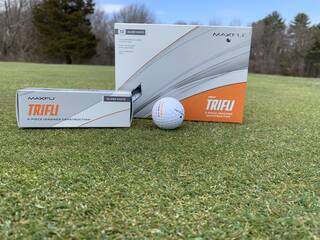
2023 Maxfli Trifli Golf Ball Review
Vice Pro Air
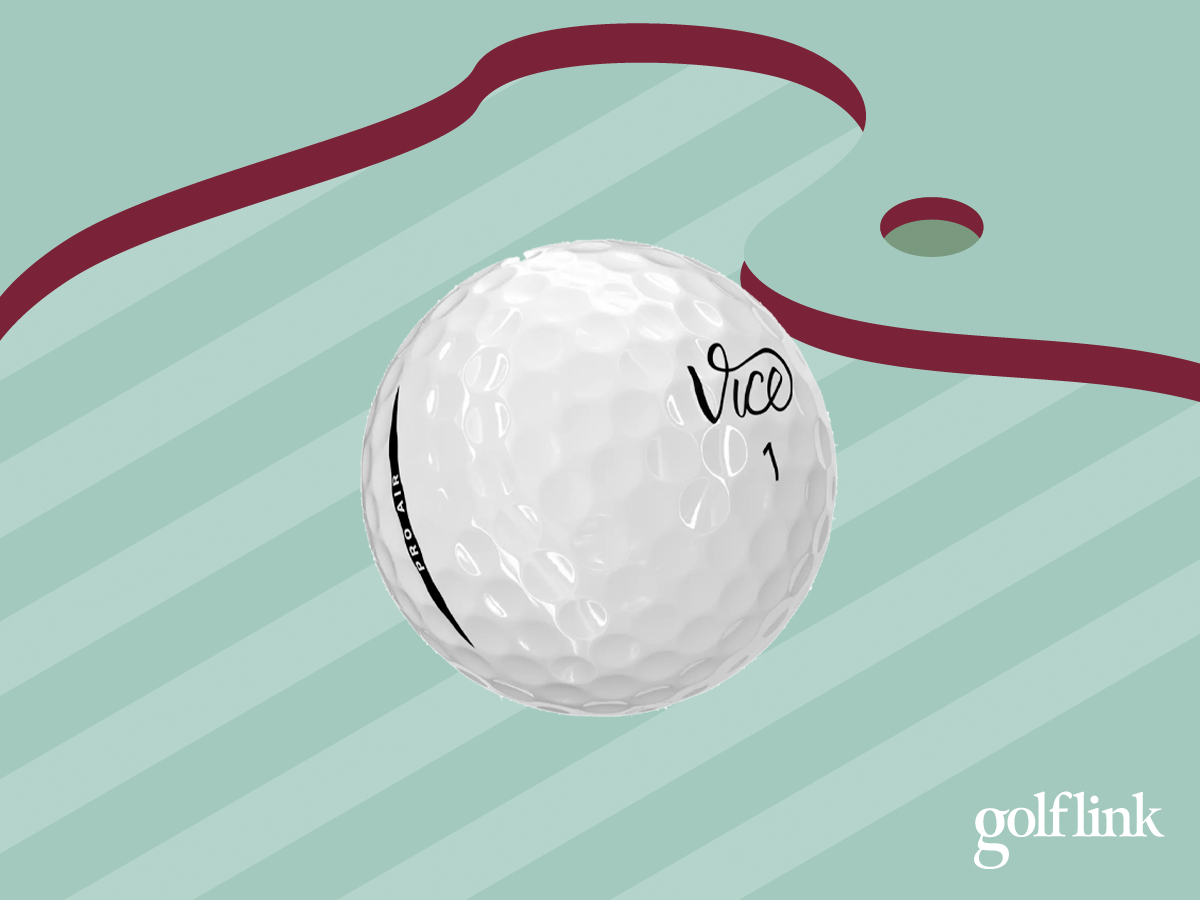
PGA TOUR SUPERSTORECHECK AMAZON
Cover/Layers: Urethane/3-piece
Pros:
- Next-level short game control compared to ionomer-covered ball
- Low long-game spin boosts distance
- Higher launch and steeper descent angle help provide control
- Strong value compared to urethane-covered competitors
Cons:
- Not ideal for players with faster swing speeds
The Vice Pro Air is new to the Vice lineup, hitting the market in 2024. With a urethane cover and 3-piece construction, it’s designed to provide benefits from 100 yards and in while churning out distance off the tee.
The Pro Air is also on the softer end of the spectrum, which helps it appeal to players with moderate swing speeds who want to play a premium ball, but it can spin too much for players with faster swing speeds.
Pro Air is built to launch high with a steep descent angle, which can also help players with more moderate swing speeds who want an all-around ball.
Compared to an ionomer-covered ball, Vice Air is capable of a lot more around the greens. If you like to hit chip and pitch shots with a variety of trajectories, spin profiles, and runouts, this is one ball that will help you do that.
Callaway Supersoft

Callaway Supersoft
PGA TOUR SUPERSTORECHECK AMAZON
Cover/Layers: Hybrid Ionomer/2-piece
Pros:
- Soft feel that many players prefer
- Strong all-around performer for distance, accuracy and value
Cons:
- Feel from wedges and putter may be too soft for some players
Callaway Supersoft is one of the most popular golf balls in the game, and that’s because it’s such a great fit for a huge segment of players. If you want to hit the ball straighter, Supersoft can help. If you want to hit the ball farther, Supersoft can help (assuming a moderate swing speed). If you want a great value, Supersoft checks that box too. If you like a soft feel from your wedges and putter, boom, Supersoft is super soft.
For most high handicappers, moderate swing speed mid-handicappers, seniors, ladies, and aspirational beginners, those attributes sound pretty good, and Supersoft is indeed a nice fit for many players in those categories. In case you haven’t noticed, most golfers in real life aren’t actually low-handicap players swinging driver 110 mph and faster, which is why Supersoft, as it turns out, is a good fit for many players.
Titleist Tour Soft
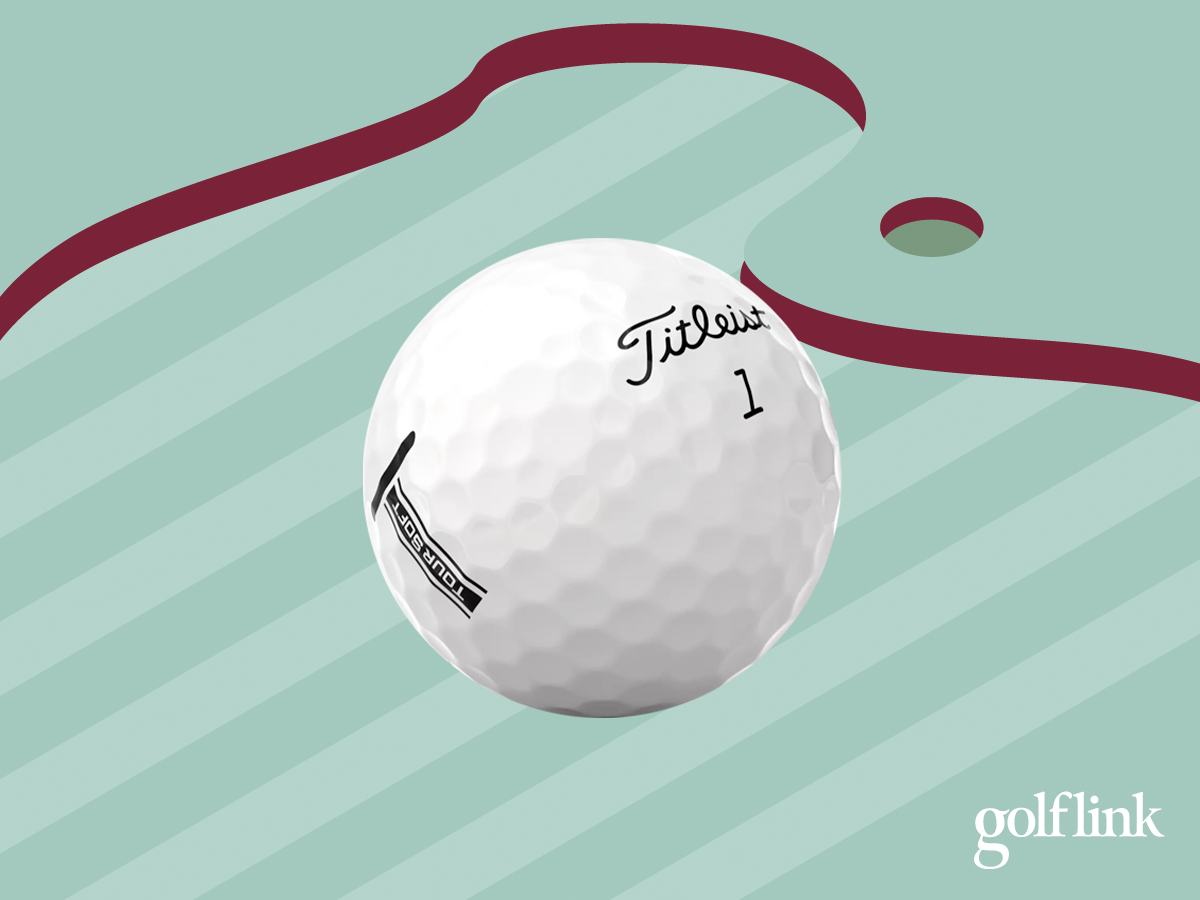
PGA TOUR SUPERSTORECHECK AMAZON
Cover/Layers: Fusablend/2-piece
Pros:
- Quality and ball-to-ball consistency Titleist is known for
- Unique cover formulation assists greenside performance compared to other ionomer-covered balls
- Tee to green performance with distance, accuracy, feel, and relatively good short-game performance
Cons:
- Very expensive for a distance ball
The Titleist Tour Soft is a 2-piece ball with a large core and a thin Fusablend cover, which is a unique formula of ionomer cover.
Players looking for top-end distance from a softer-feeling ball, who still want some greenside performance, should give the new Tour Soft a look. It certainly helps that Titleist is known for its exceptional quality and consistency from one golf ball to another, which is part of the reason these 2-piece, ionomer balls set you back $40 per dozen.
Srixon Q-Star
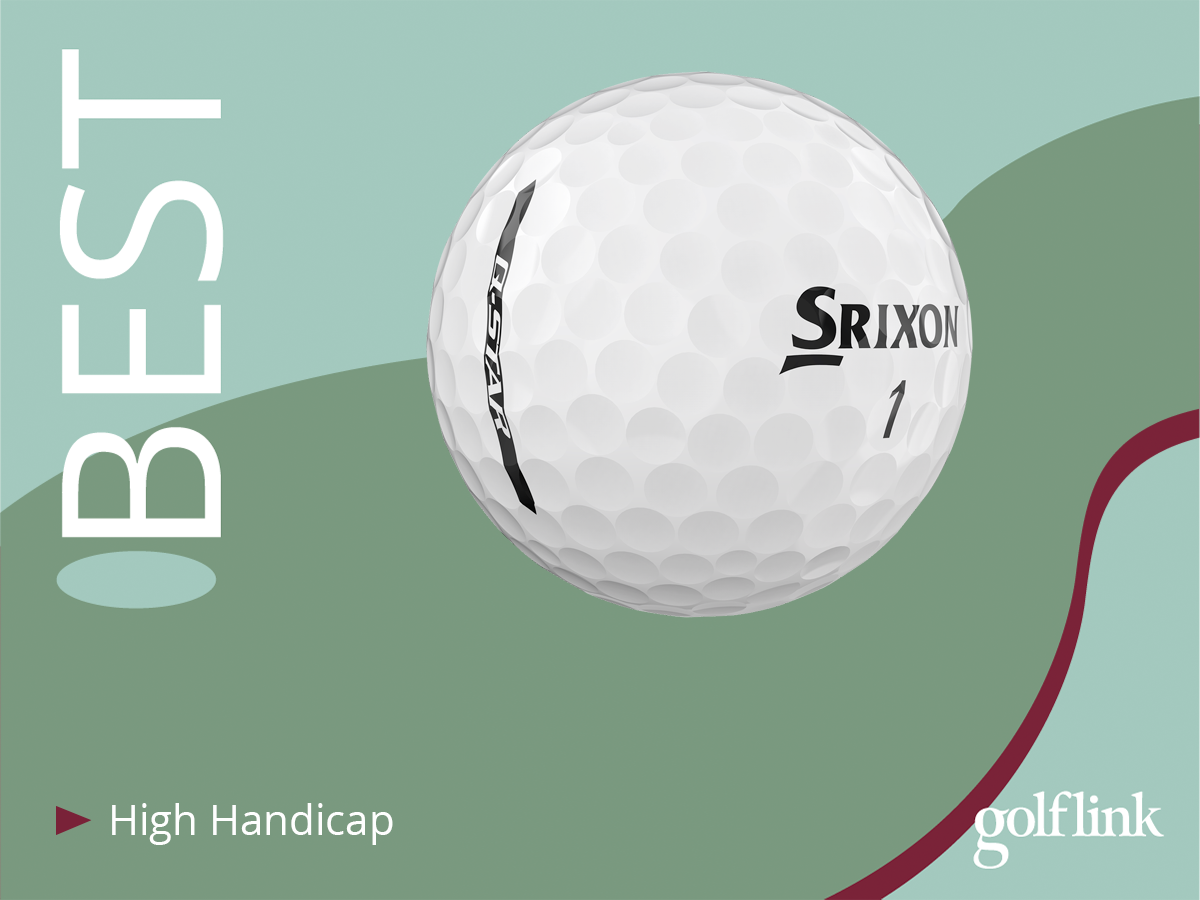
Srixon Q Star golf ball
PGA TOUR SUPERSTORECHECK AMAZON
Cover/Layers: Ionomer/2-piece
Pros:
- Discount for buying in bulk
- Spin Skin cover maximizes short-game spin
- The dimple pattern and core are optimized for distance from long-game clubs
- Mid-high compression makes it work for most swing speeds
Cons:
- May be too firm for some players
There are plenty of advantages to ionomer-covered golf balls, and in case you haven’t noticed, the name of the game for golf ball manufacturers is to pack those distance and accuracy benefits into a ball that performs well enough around the greens to make players think twice about graduating to a urethane-covered ball.
The Srixon Q-Star ball is no different. It’s long off the tee and helps reduce side-spin for commendable accuracy. Meanwhile, Srixon equips it with Spin Skin, a coating on the cover that penetrates wedge and iron grooves to squeeze every revolution of spin possible out of the ball, boosting control and stopping power.
With a mid-high compression rating of 72, the Q-Star is a little firmer than the typical 2-piece distance ball, which means it can work with a wide range of swing speeds, and faster swingers won’t over-compress it as easily as many of its peers.
Adding to the value is Srixon’s promotion, giving customers a free dozen and free personalization when buying three dozen personalized balls.
TaylorMade Tour Response
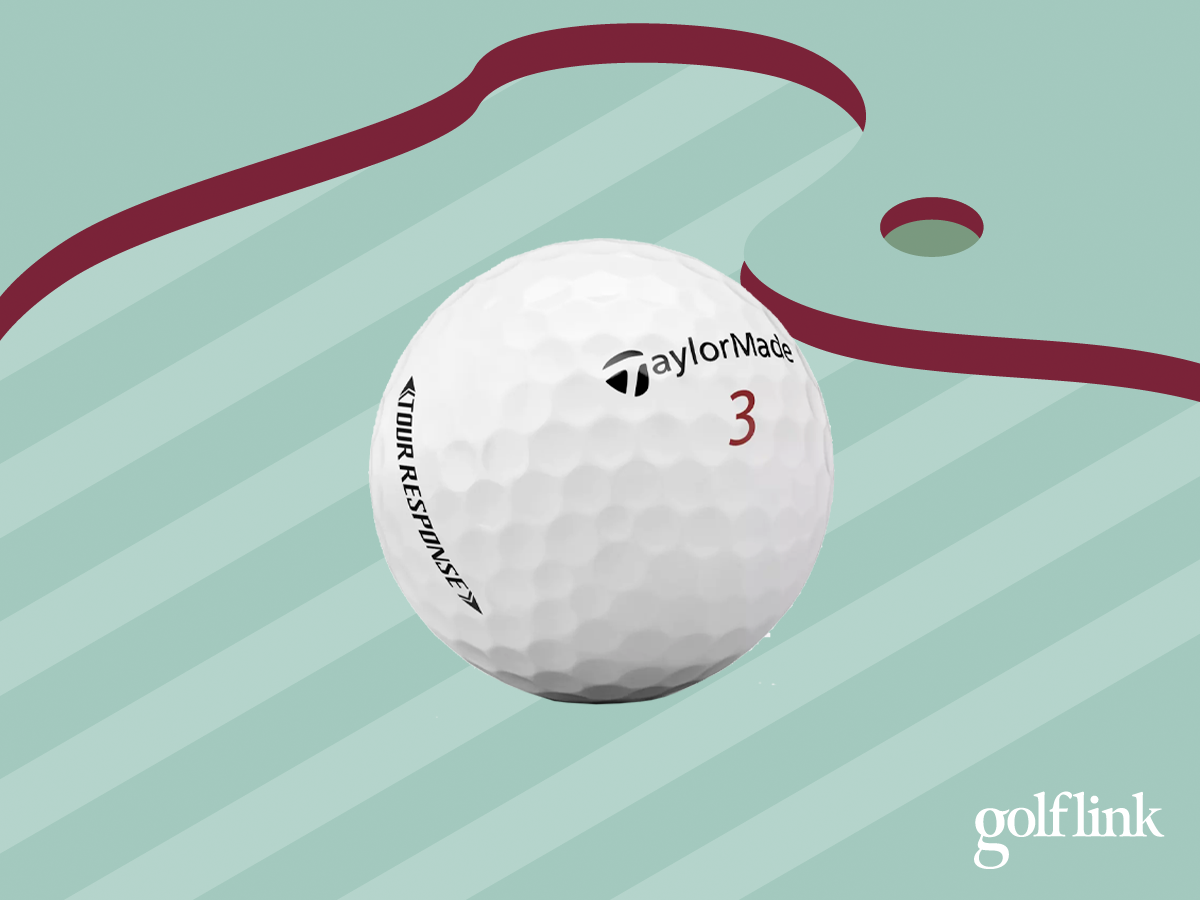
PGA TOUR SUPERSTORECHECK AMAZON
Cover/Layers: Urethane/3-piece
Pros:
- Excellent option for high handicappers who are rapidly improving
- Great blend of distance and and greenside performance
- Strong value for a urethane-covered ball
Cons:
- Not the longest off the tee
TaylorMade all but created the non-tour urethane category when it released its Project (a) ball close to a decade ago. Recreational golfers loved Project (a) because it packed a urethane cover and some premium benefits without the $50/dozen stock standard price most other urethane-covered balls carry.
Project (a) was an affordable long-distance, high-launching, soft-feeling, and max-greenside-spinning ball, which is why players were sad to see it go away. The good news is, it didn’t really go away, it simply became the Tour Response, TaylorMade’s newest ball that fits that profile and is, from a high-level look, the replacement for Project (a).
Tour Response has the same 70-compression rating as Project (a), essentially fitting players with moderate and above swing speeds. It’s capable of cranking out competitive distance through the bag, but players who switch to Tour Response are likely coming from an ionomer ball and are making the switch for the performance benefits around the green more than anything else.
Project (a) came out right when I was in the prime market for it, I was on the better end of the high handicap category and my game was improving nicely. After my first round playing Project (a) I remember feeling like I could be unstoppable around the greens, for me, it was a gateway ball.
That’s exactly who I think should make the move to Tour Response, high-handicap players who are improving rapidly and are ready to take their game to the next level.
Callaway Warbird
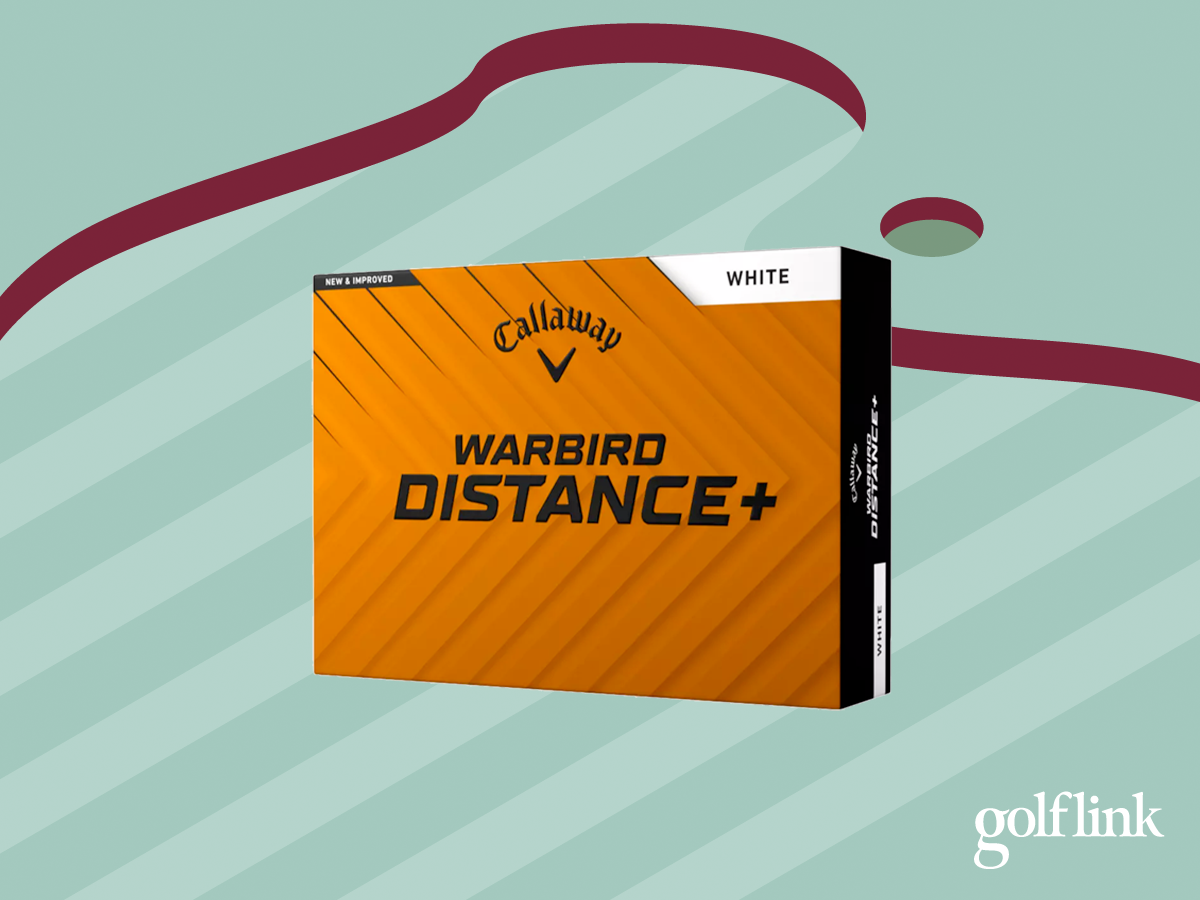
PGA TOUR SUPERSTORECHECK AMAZON
Cover/Layers: Ionomer/2-piece
Pros:
- Strong distance
- Excellent value
Cons:
- Don’t expect excellent feel or touch
For higher-handicap golfers looking to pick one ball and stick to it, and those who have moderate or faster swing speeds and prioritize distance, the Callaway Warbird is right in your wheelhouse.
At under $20 per dozen, Warbird is a great ball to stock up on without worrying about losing them. There are also plenty of benefits that come from simply playing the same ball on every hole of every round, because you’ll learn how it’s going to perform in a variety of situations and can plan for the appropriate shot, rather than guessing whether it will check up or roll out.
That firmer compression that can stand up to most swing speeds and helps crank out distance also contributes to a firmer feel, which not every player loves. Don’t expect a ton of spin from wedges or irons. You’ll probably have to plan for a little more roll out, but if you do that, you won’t be let down.
Find the Fit for Your Game
Your handicap is approaching the teens, and your ball should deliver performance that helps you shoot your very best scores, rather than work against that goal.
Whether you need more distance, you want to find more fairways, or want a ball you can control around the greens, there are plenty of great balls that can deliver what you need at a good price. It’s simply up to you to determine which benefits are the best fit for your game.